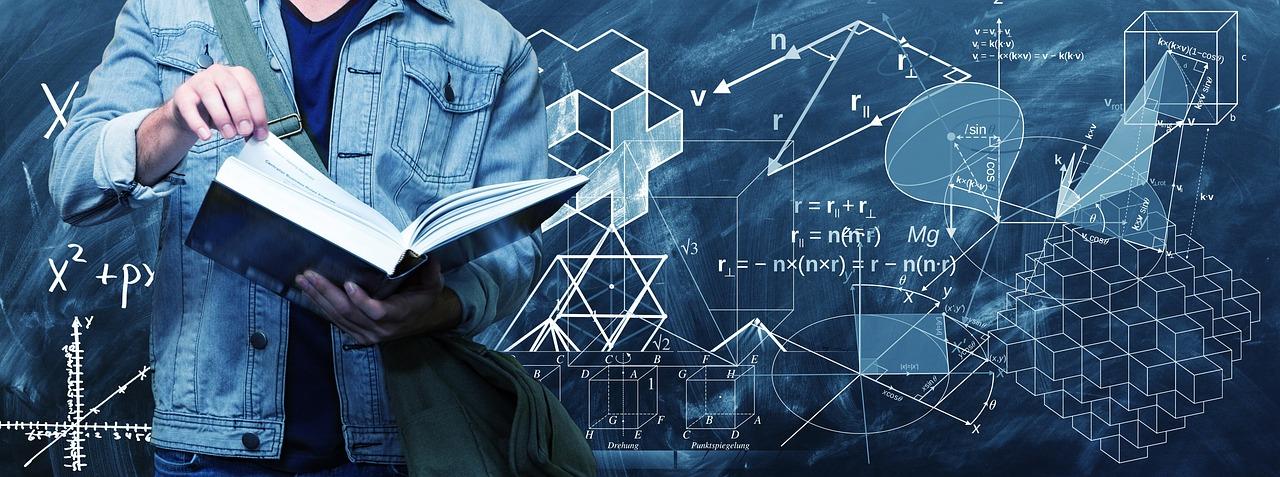
Art Fractals
by Alisson Suito
This lesson is based on the Fibonacci sequence. Overlapping concepts of pattern, repetition, structure, scale, proportions are considerations for constructing an artistic, math-based sculpture.
Objectives:
Engineer a successful structure that repeats a sequence present in the natural world (or geometry or algebra).
Calculate the correct proportional increase of the pattern.
Evaluate and select effective materials for a purpose.
Demonstrate artistic and technical skills when problem solving.
Present the project to your audience.
Lesson Plan Link/URL
https://docs.google.com/presentation/d/141YwPW6VQmGYK7dE0Wxid4Qdc1nTH_dA/edit?u…Subject Area
Engineering S2: Apply the Engineering Design Process S6: Apply Communications to Engineering Mathematics Geometry (G) Ratio and Proportion (RP) Algebra (A)
Featured
Off
Related Content

Grades:
6th Grade, 7th Grade, 8th Grade, 9th Grade, 10th Grade, 11th Grade, 12th Grade
Students will pick an issue that they think exists in the world and propose a solution via a presentation. This will model a TedTalk.

Grades:
2nd Grade, 3rd Grade
Students will research a biome around the world, including 3 animals, 3 plants, and 3 nonliving parts of the ecosystem. Students will construct a diorama of the biome and illustrate a natural disaster

Grades:
9th Grade
For hundreds of years, people have harnessed moving air (wind) to do work. The earliest forms of wind-powered machines were sailboats. Wind pushing against the sails of a boat provided the energy to